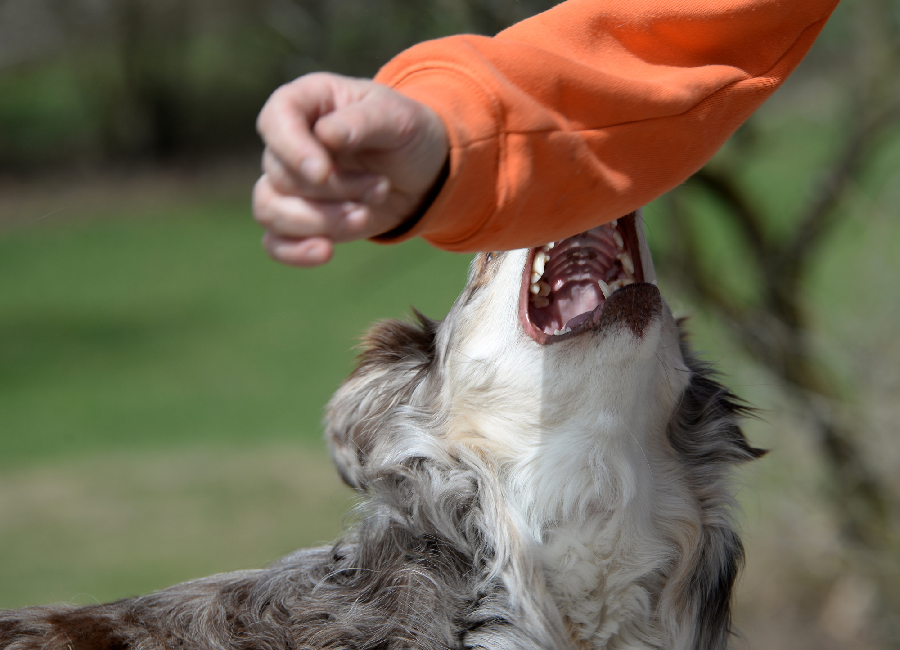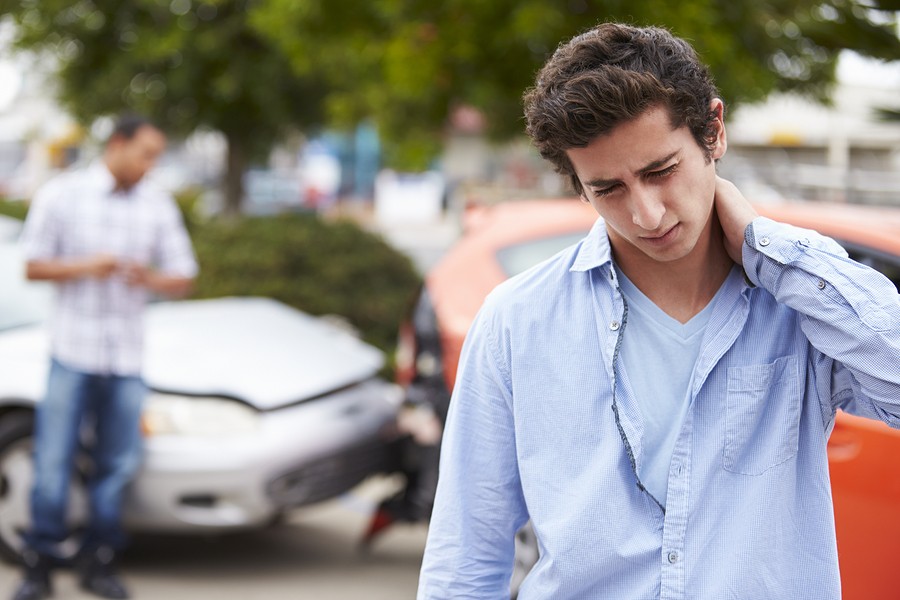Spending time on a public trail is an enjoyable way to move your body and connect with nature. People often visit these spaces to walk, jog, or bike in a peaceful setting. Still, it’s important to know how to react if an injury occurs during one of these outings. A clear response can reduce stress and improve your safety during unexpected moments.
Planning ahead helps avoid confusion in tough situations. Jogging safety should always be a part of your outdoor routine, especially if you’re heading out alone. Simple habits like letting someone know your route or carrying a basic first aid kit can make a big difference. Responding quickly and calmly when something goes wrong is easier with a few simple steps in mind.
Evaluate Your Condition and Stay Calm
The first thing to focus on is your physical state. Notice where it hurts and if you’re able to move without added pain. Staying still for a moment gives your body time to adjust, and it helps you decide the best next step. If you’re with someone, ask for support while you take stock of your condition.
For more serious injuries, avoid placing pressure on the affected area. Use available clothing or gear to make yourself more comfortable. If the trail has some foot traffic, remain visible and composed so others can assist if needed.
Get Help and Mark Your Location
When movement is difficult or painful, reaching out for help becomes important. Use your phone to call for assistance and mention any signs, trail markers, or natural features nearby. This helps responders locate you quickly. If your phone has no service, listen for others passing by and call out if you hear voices.
In areas with limited visibility, stay near an open space where you’re easier to spot. Keeping calm during this time allows you to think clearly. Look for safe ways to attract attention, such as waving a brightly colored item or using a whistle.
Document the Incident for Future Reference
After you’re out of immediate danger, it’s helpful to remember details about what happened. Small notes can keep facts clear later on. Write down the time, place, and what activity you were doing just before the injury. If possible, take a few photos of the scene.
This kind of record provides a useful summary. If something on the trail caused the problem, like an obstacle or unstable surface, try to get a picture. This information is helpful for any follow-up steps you may choose to take.
Inform Trail Authorities About the Event
Notifying the proper trail contacts helps make the space safer for everyone. Local or regional teams manage most public trails. Sharing what occurred allows them to take appropriate actions. A simple report with clear details can be submitted online or in person.
Highlight specific concerns that could matter to other trail users, such as:
- Unmarked holes or loose gravel
- Sections with poor visibility
- Damaged or missing signs
Seek Guidance from Professionals Who Understand Personal Injury Cases
Once the immediate situation is under control, getting input from professionals who handle injury cases can be a practical next step. It’s not always clear how to manage the aftermath of a trail-related accident, especially when dealing with forms, recovery, or uncertainty about liability. Teams with a focus on personal injury law, like those available at established legal sites, can offer clear direction tailored to your circumstances, giving you a better understanding of your options without adding pressure.
Jogging safety doesn’t end when the run is over—it includes how prepared you are for unexpected incidents. Knowing what to do after getting hurt on a trail helps you stay in control, even when things don’t go as planned. From calling for help to documenting the scene, every step you take brings you closer to a smoother recovery and a safer outdoor experience next time.




